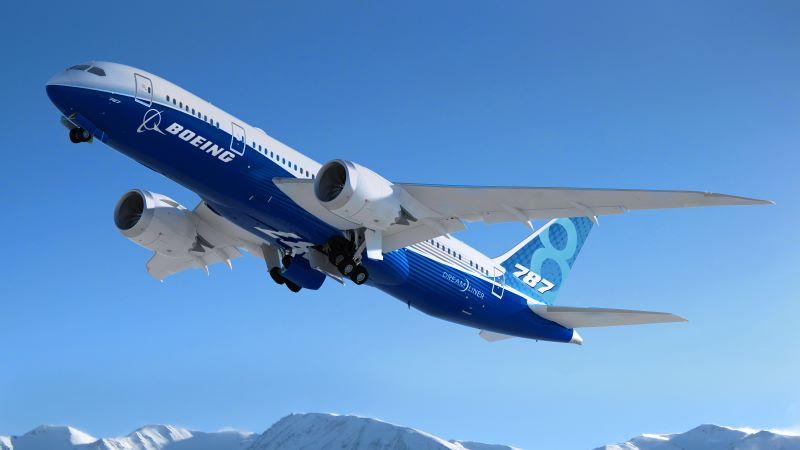
Credit: Boeing
Boeing’s plans to increase production and unwind stored inventory on its two largest commercial programs, the 737 MAX and 787, hinge largely on regulatory approvals that the company is confident are coming, but the timing of needed sign-offs remains unclear. Monthly 737 program production is up to...
Subscription Required
This content requires a subscription to one of the Aviation Week Intelligence Network (AWIN) bundles.
Schedule a demo today to find out how you can access this content and similar content related to your area of the global aviation industry.
Already an AWIN subscriber? Login
Did you know? Aviation Week has won top honors multiple times in the Jesse H. Neal National Business Journalism Awards, the business-to-business media equivalent of the Pulitzer Prizes.

